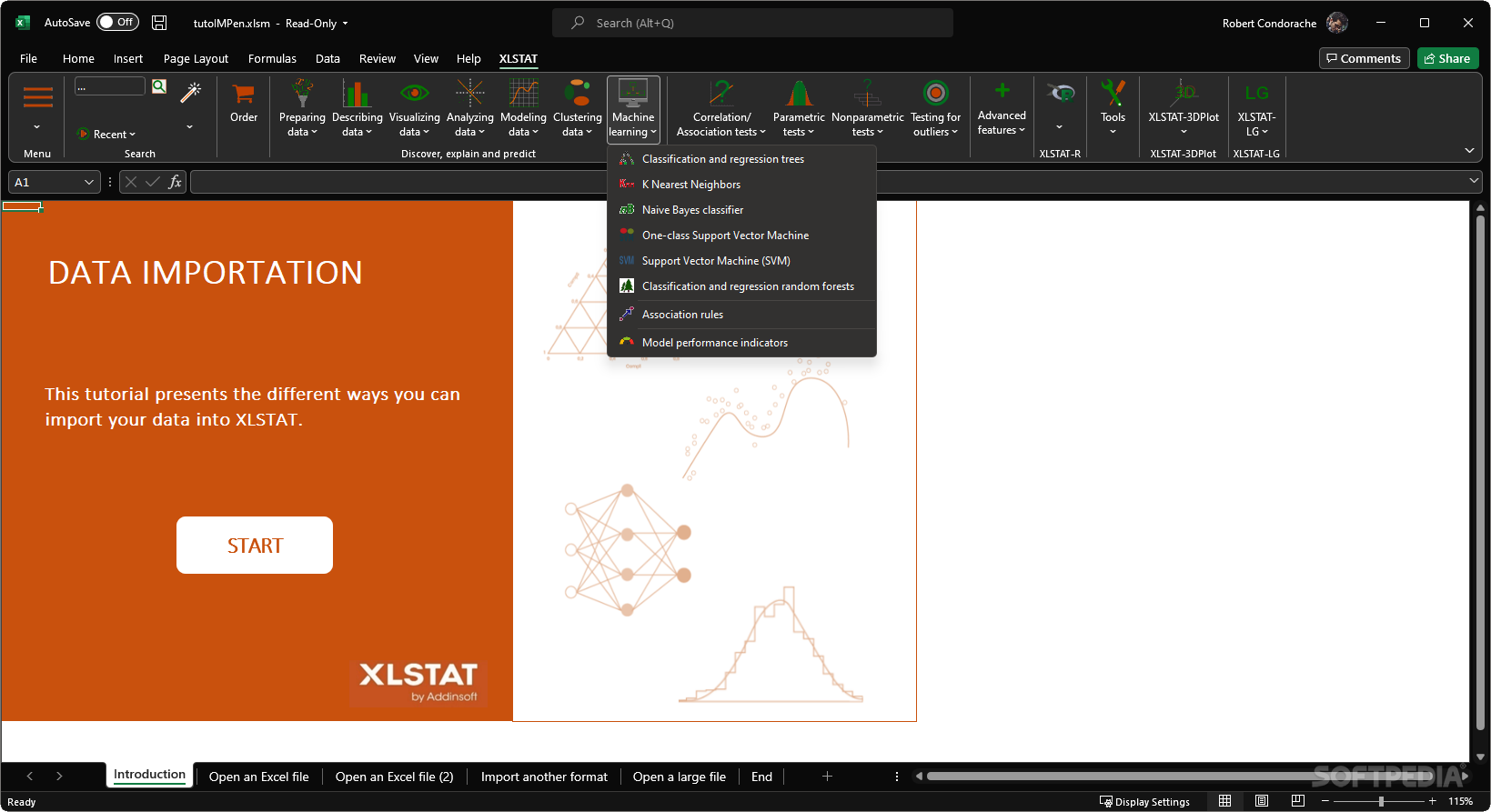


With this, your Data Analysis Toolpak will get added to your Excel Toolbar.
How to find r^2 xlstat install#
Just follow these steps to install and activate your Data Analysis Toolpak: The process of activating it is quite simple. You need to activate it in order for it to be added to your toolbar.
How to find r^2 xlstat free#
The Data Analysis Toolpak is free to use and comes along with your Excel package, but for simplicity, it does not appear in your standard toolbar. Once you install the package, you can use the tool whenever you need to analyze data, without having to re-install it each time. This package gives you access to a variety of statistical functions, which include correlation functions, z-test, and t-test functions too. If you’re not in the mood to type complex formulae, there’s an easier way to find not just the Standard error, but practically all the statistical metrics you might need to analyze your sample data.įor this, you will need to install the Data Analysis Toolpak.
How to find r^2 xlstat how to#
How to Find the Standard Error in Excel Using the Data Analysis Toolpak This will copy the same formula to all the other cells on the right, and you will get standard errors for each of your samples! If your samples are placed in columns adjacent to one another (as shown in the above image), you only need to drag the fill handle (located at the bottom left corner of your calculated cell) to the right. To find the Standard errors for the other samples, you can apply the same formula to these samples too. That’s it! Press the return key on your keyboard and you got your sample’s Standard Error!.One is for the COUNT function, the other is for the SQRT function. So your final formula should look like this: =STDEV(B2:B14)/SQRT(COUNT(B2:B14)) Notice there are two closing braces in the end. Close the bracket for the SQRT function too.This will give you the number of cells in your selected range. Again, drag and select the range of cells that are part of your sample data and close the bracket for the COUNT formula. So, type COUNT( after what you already have in your formula bar. For this, you need to use the COUNT function. Your formula bar will now have the formula: =STDEV(B2:B14)/SQRT( To find the square root of a number, we use the SQRT formula.So your formula so far is: =STDEV(B2:B14)/ Click on the formula bar after the closing brackets of the STDEV formula and add a ‘/’ symbol to indicate that you want to divide the result of the STDEV function. Next, we want to divide this Standard deviation by the square root of the sample size.So far, you have used the STDEV function to find the Standard deviation of your sample data.



 0 kommentar(er)
0 kommentar(er)
